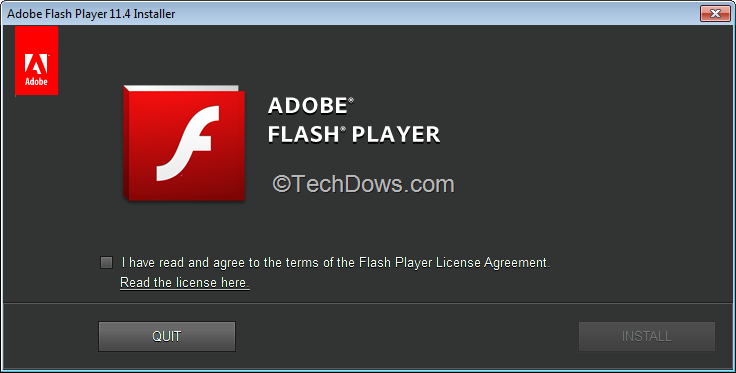
Google has set out plans to end Flash Adobe Player support on its Chrome browsing platform.
The company is aiming to end support for Flash applications by Q4 2016. Navigator.Plugins and Navigator.MimeTypes will only report the presence of Flash Player if the user has indicated that the domain should execute Flash, or if the site is in one of the Top 10 domains using Flash.
If a site offers an HTML5 experience, this change will make that the primary experience, according to Google.
The company will only continue supporting Flash features on the world’s top 10 most visited websites, mostly Russian pages, according to the company’s own metrics.
Users will still be able to you Flash on YouTube, Facebook, Yahoo, VK, Live, Yandex, OK, Twitch, Amazon and Mail.
Google will continue to ship Flash Player with Chrome, and if a site truly requires Flash, a prompt will appear at the top of the page when the user first visits that site, giving them the option of allowing it to run for that site.
The search engine giant also said that initially, Chrome will introduce this feature with a temporary whitelist of the top Flash sites. This list will expired by Q4 2017 and then be revisited throughout the following year.
Anthony Laforge, technical program manager at Google Chrome, said: "While Flash historically has been critical for rich media on the web, today in many cases HTML5 provides a more integrated media experience with faster load times and lower power consumption.
"This change reflects the maturity of HTML5 and its ability to deliver an excellent user experience. We will continue to work closely with Adobe and other browser vendors to keep moving the web platform forward, in particular paying close attention to web gaming."
Previously, Apple, Microsoft and Mozilla have also started to end support for Flash applications on their search engines.
Adobe Flash has been deemed as a security threat and Facebook’s CSO Alex Stamos has even called for it to be killed off once and for all.
However, on its Annual Security Report, Cisco believes that the threat is being recognised by vendors whose products have been exploited via these weaknesses, for example web browsers.






